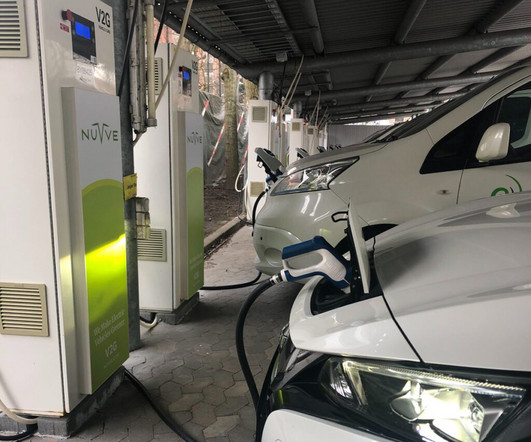EEA: no improvements on average CO2 emissions from new cars registered in 2017 in Europe
Green Car Congress
APRIL 25, 2018
For the first year since monitoring started, gasoline cars became the most sold vehicles in the EU, constituting almost 53% of sales. Diesel cars made up 45% of the new registrations. Compared to 2016, the registrations of diesel cars decreased in all EU Member States except in Italy (+0.6 percentage point) and in Denmark (+6.9

















Let's personalize your content